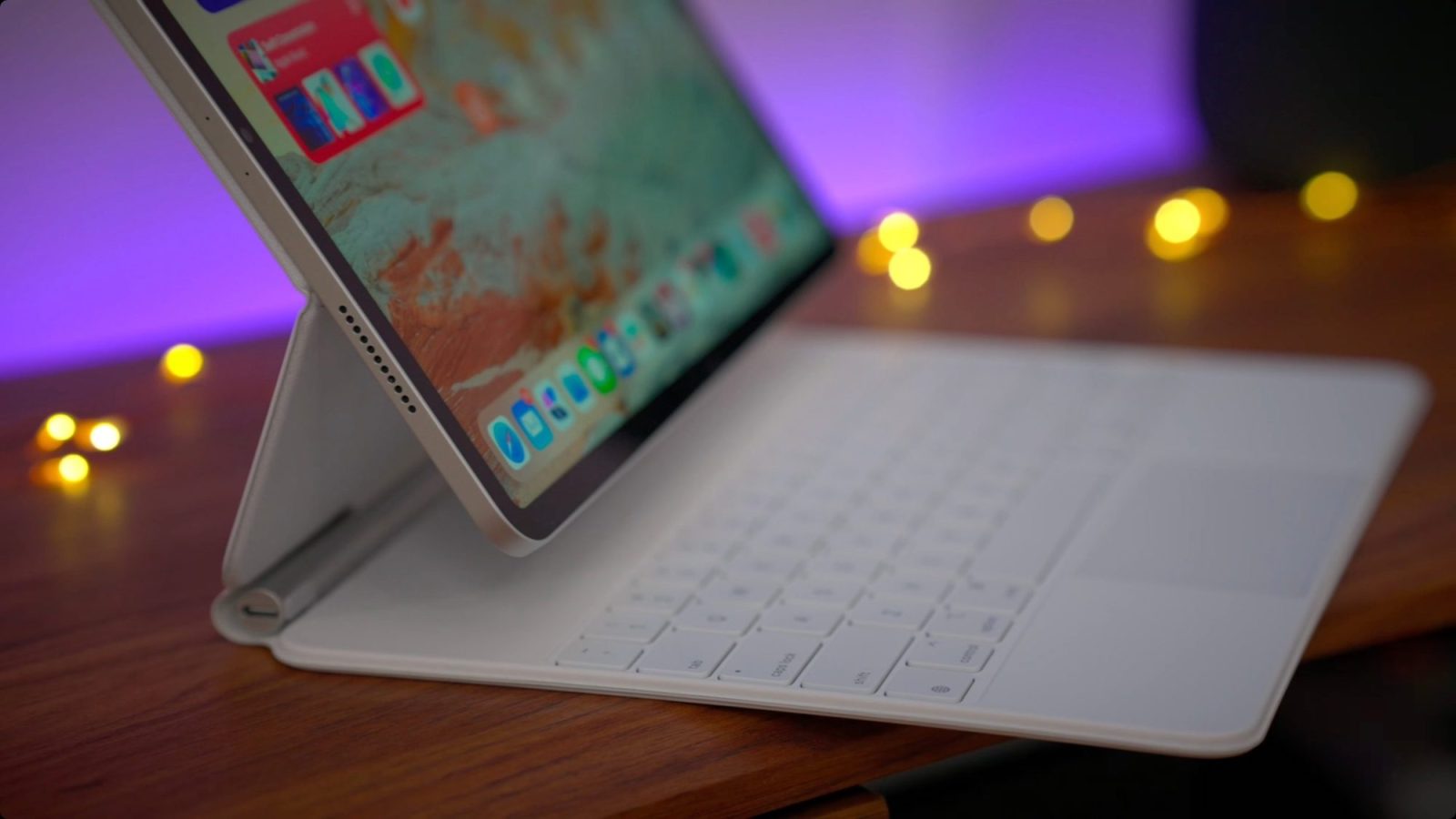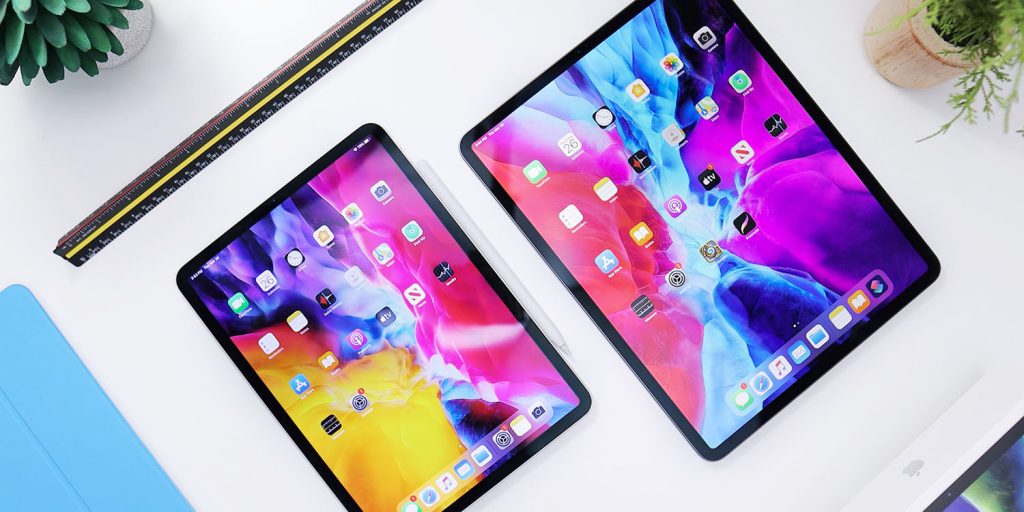
Apple is planning to overhaul its iPad lineup with OLED displays as soon as this month. This transition will come with some changes in terms of features, prices, and more. Here’s everything we know about Apple’s plans for OLED iPads, and why it’s choosing to make this change now.
Why OLED?
As rumors of OLED iPads have gained traction, many people have wondered why Apple is planning to transition to OLED just a few years after releasing the first iPad Pro with mini-LED. As we’ve explained in the past, mini-LED is an alternative to OLED that is worse in some ways and better in others.
Mini-LED screens are made up of thousands of small LEDs that are arranged in multiple dimming zones. This allows mini-LED displays to reach higher brightness levels than OLED, but the black levels are still better on OLED displays. This is because the pixels themselves are the things producing the light, so when those pixels need to be black, they can be turned off entirely.

When the first 12.9-inch iPad Pro with mini-LED was released in 2021, many of the reviews referenced something called “blooming.” This effect happens when non-black UI elements are backlit, and that light then spills out into the black UI. This is a drawback compared to OLED, where, again, black pixels are turned off entirely rather than dimmed.
With that in mind, however, there’s one big drawback to OLED: burn-in. Burn-in is caused by a static image remaining on the display for long periods of time. When this occurs, a visible mark of that image remains on the screen regardless of what you’re watching.
According to analyst Ross Young, Apple will use an OLED display technology referred to as “tandem stack.” This technology can increase brightness, improve the longevity of the display, and reduce power consumption by around 30% compared to traditional OLED panels. These devices are also rumored to feature variable refresh rate displays to further improve efficiency.
Even though mini-LED, which Apple currently uses in the 12.9-inch iPad Pro and MacBook Pro, is superior to LCD panels, experts still say that OLED is still the best there is. The self-lighting pixels achieve far better image quality than mini-LED dimming zone technology. Burn-in remains a concern, but there are things that can be done in software to mitigate those concerns.
Beyond the iPad Pro, Apple is also expected to eventually bring OLED screens to the iPad Air and iPad mini.
When will the first OLED iPad be released?
According to current rumors, Apple is targeting the first half of 2024 for its first iPad with an OLED display. The 11-inch and 12.9-inch iPad Pro models will be the first to switch to OLED. The display technology could then move downmarket into the rest of the iPad lineup.
Reliable sources, including Bloomberg and analyst Ross Young, have corroborated this timeline. Bloomberg reported that Apple is planning a “major iPad Pro revamp” with a revamped design and OLED displays for spring 2024. It has reported that the devices are already in mass production and on track for a release at the end of March.

OLED iPad Pro pricing
Finally, how much will the first OLED iPad Pro cost? Early rumors suggest it’ll be expensive. Not only are OLED panels more expensive than LCD and mini-LED, but Apple is also planning to use the most advanced version of OLED panels on the market.
A recent supply chain report from The Elec suggested that Apple is currently targeting a $1,500 starting price for the 11-inch iPad Pro with OLED and a $1,800 starting price for the 12.9-inch version. This would be a significant price increase compared to the current iPad Pro lineup. As it stands today, the 11-inch iPad Pro starts at $799, while the 12.9-inch iPad Pro starts at $1,099.
More recently, however, it was reported that the new iPad Pro models will be around $160 more expensive than their predecessors. That is certainly more palpable than the earlier rumors said.
Follow Chance: Threads, Twitter, Instagram, and Mastodon.
FTC: We use income earning auto affiliate links. More.



Comments